Japanese pines: what are they and how to grow them?
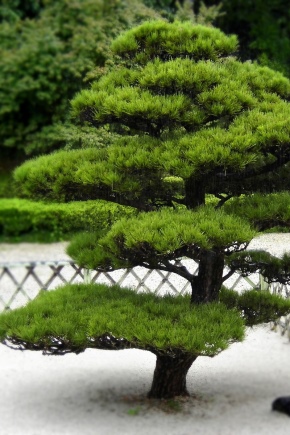
Japanese pine is a unique coniferous plant, it can be called both a tree and a shrub. It is presented in various varieties and can exist for a very long time, up to 6 centuries. We will consider its main features, growing methods and subtleties of care in our article.
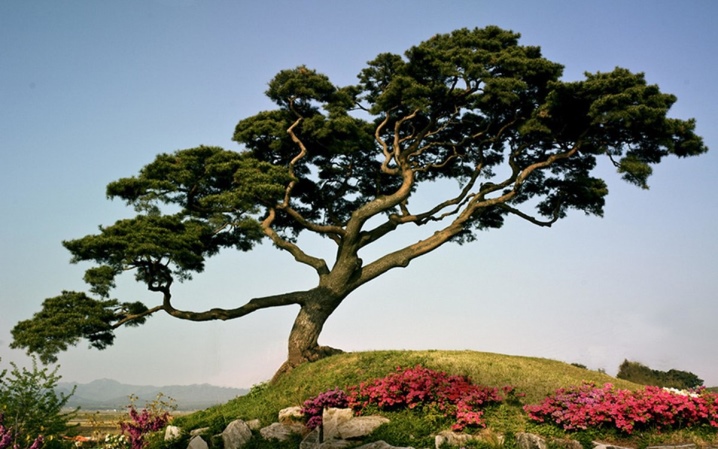
Description
It should be noted that this tree is distinguished by its ability to grow very quickly. The height of an adult tree is 35 to 75 meters, and the trunk can be up to 4 meters in diameter. However, for swampy areas, the value can be no more than 100 centimeters. There is white and red Japanese pine. Among the species, there are multi-barreled and single-barreled specimens. Initially, the bark is smooth, over time it cracks, scales appear, characteristic of such trees.
The Japanese pine is very fond of sunlight. In May, the first flowers appear, but it is rather difficult to notice them. After that, cones appear, their shape and colors can be different, trees with yellow, red, brown and purple shoots look elegant and exotic. Male ones are longer, up to 15 centimeters, while female ones are slightly flattened and smaller in size, from 4 to 8 centimeters. Among the seeds are wingless and winged. The shoots are quite long and are needles, their lifespan is up to 3 years. They are initially green, but gradually take on a blue-gray tint. The variety is frost-resistant and thrives at temperatures down to -34 degrees.
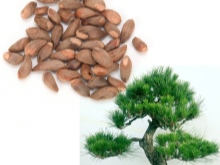
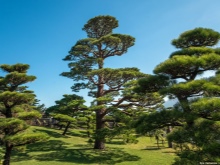
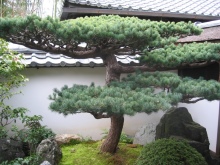
Varieties
This plant has more than 30 species. There are many differences between them. This is life expectancy, and appearance, and the necessary care. Let's consider the most common ones.
- The most famous is "Glauka". It can grow up to 12 meters high and 3.5 meters wide. It has a conical shape and grows rather quickly, adding up to 20 centimeters per year. The color of the needles is bluish with silver. The pine needs good lighting and a well thought out drainage system.
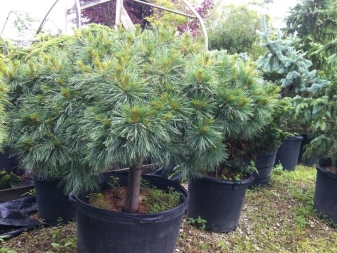
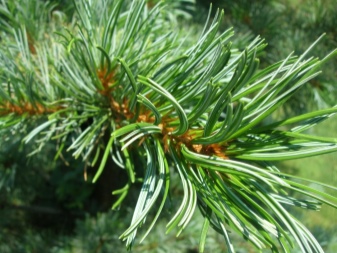
- Variety "Negishi" It is very common in Japan and is mainly grown for ornamental purposes. It grows very slowly, reaching only 4 meters by the age of 30. The needles are greenish, with a blue tint. She is not too demanding on growing conditions, but will not tolerate alkaline soil. This variety has an average level of frost resistance.
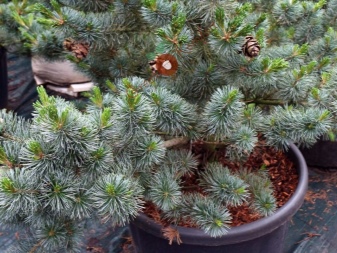
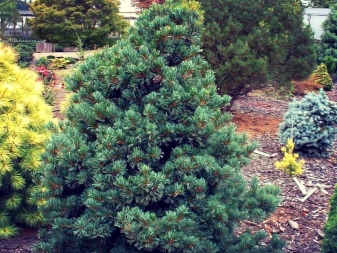
- Dwarf variety "Tempelhof" differs in its appearance, has a rounded crown shape. Its shoots are arranged in brushes, and they have a bluish tint. This variety grows rather quickly, up to 20 centimeters per year. By the age of 10, it reaches 3 meters in height. It does not tolerate prolonged drought, but is able to withstand temperatures as low as -30 degrees.
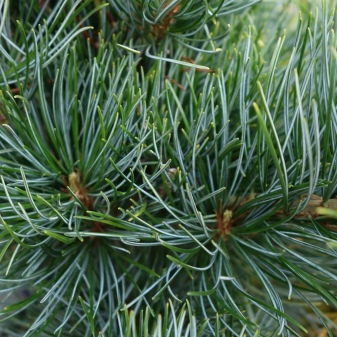

- Variety "Hagoromo" characterized by slow growth, only a couple of centimeters per year. An adult tree grows up to a maximum of 40 centimeters, and reaches half a meter in width. The crown is wide, bright green. It can be planted both in the sun and in the shade. It tolerates cold well. This variety is often used for decorative purposes, decoration of a zone.
Important! Under natural conditions, Japanese pines can hardly tolerate a drop in temperature above -28 degrees. Artificially bred varieties are more resistant.
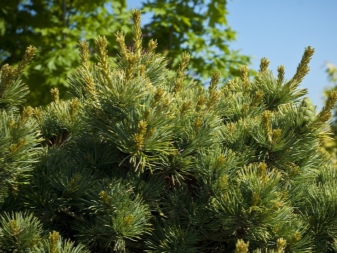
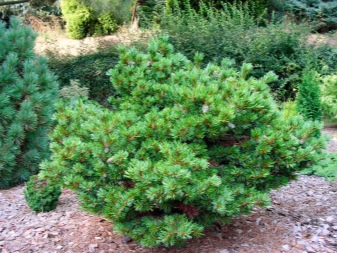
Seed preparation
Japanese pine seeds are not only available at the store.If desired, they prepare themselves. Cones ripen for 2-3 years. The readiness is indicated by the formation of a pyramidal thickening. The seeds are collected in a prepared container. Before planting a certain variety, you should study its features. Everyone can have nuances in this process. The seed must be stored in a cool place until use, by placing it in a cloth or container.
One of the most important stages is seed pretreatment. In order to germinate them, they are immersed in water for several days. Those that float up are unsuitable for planting, while the rest will swell. They need to be transferred to a bag and placed in a refrigerator with a temperature of up to +4 degrees. The seeds are stored there for a month, gradually moving up and down during this time. The seeds are removed before planting.
They must be treated with a fungicide.
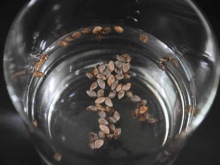
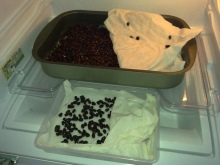
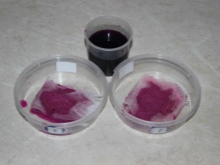
Preparation of soil and planting capacity
If it was customary to grow Japanese pine at home, you need to pay attention that the procedure is carried out in containers. You can make them with your own hands or buy them in a store. The container must be intact, free of cracks and holes. It is thoroughly washed and dried before use.
As for the soil, a specialized substrate is fine. You can also mix clay granulate and humus in proportions of 3: 1. The land where the pine will be placed must be disinfected with a solution of potassium permanganate. And also it can be calcined in an oven at a temperature of +100 degrees.

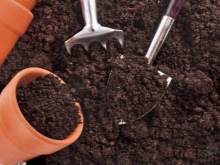
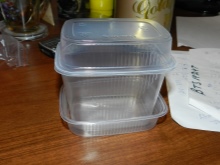
How to plant and care for seeds?
The procedure should be carried out in late February or early March. The soil is poured into a container, after which several grooves are made there. Seeds are laid out at a distance of 2-3 centimeters from each other. Sand is poured from above in a thin layer, after which the soil is moistened. The result of the work is the covering of the container with glass.
Airing should be done every day. In humid conditions, mold can sometimes form, it is carefully removed, and the soil is treated with fungicides. When the sprouts appear, you can already remove the glass. Next, the container is installed in a sunny, well-lit place. The soil should be moistened regularly. Top dressing during this period is not needed by the sprouts.
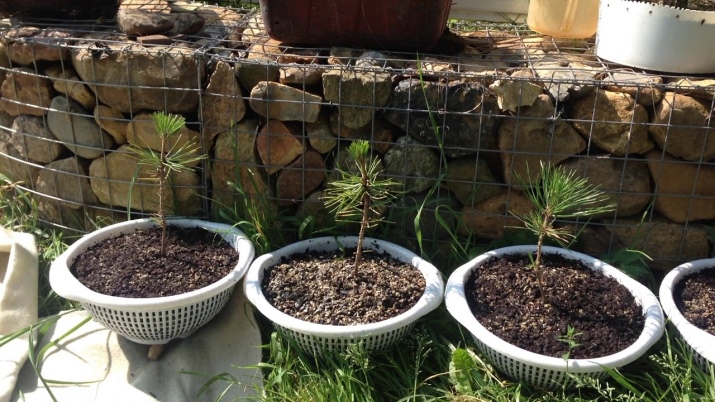
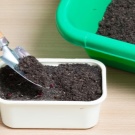
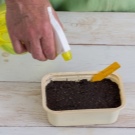
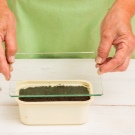

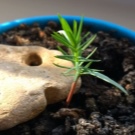
Outdoor planting
Japanese white pine adapts well to adverse weather conditions. However, the characteristics of the varieties should still be taken into account. The soil should be moist and well-drained. Shards of brick or expanded clay can help.
Before replanting a tree, the earth must be dug up. The depth of the seedling hole should be 1 meter. A fertilizing containing nitrogen is added to it. The root system should be covered with a mixture of soil, clay and turf with a small addition of sand.
If the variety does not assume that the tree will be large, the distance between the seedlings should be about 1.5 meters. In the case of tall pines, it should be more than 4 meters. Before you get the seedling out of the container, you need to water it properly, then carefully remove it with the ground, place it in the planting hole and fill it with the prepared mixture.
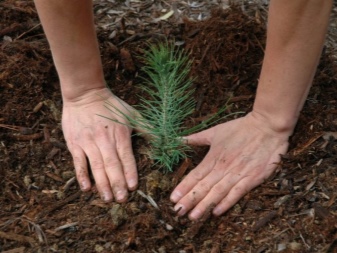

Watering and feeding
For the first time, the seedling is watered immediately after planting. This will help him better adapt to the new place. After that, the procedure is carried out depending on the weather. If it is hot outside, you should take care of more frequent moistening of the soil. In general, Japanese pine needs watering about 1 time per week.
If the weather is dry in spring and summer, the tree should be washed to remove dust and dirt. This is done by sprinkling. It is recommended to use warm water. In addition, fertilizers will not damage the tree. They should be applied the first 2 years after planting. In the future, the pine will be able to provide itself with nutrients.Complex dressings are suitable, which must be used 2 times a year.
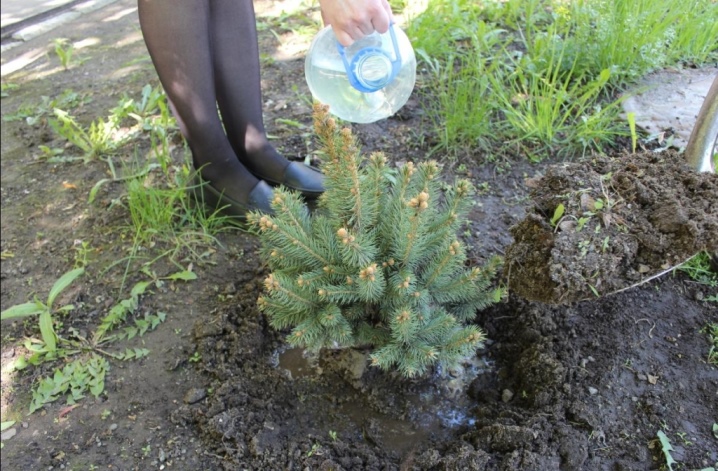
Care
Loosening the soil in this case is not necessary, especially when it comes to rocky soil. The plant is unpretentious, and drainage gives it the opportunity to fully develop. If the soil is fertile, it can be loosened after watering is over. Mulching fallen needles also does not hurt. Prophylactic pruning should be done in the spring when pine buds are forming. Dried shoots should be removed throughout the year. The kidneys need pinching. This is necessary for the crown to form correctly. Plant growth will be slowed down.
The tree is hardy, but in regions with harsh climates, it still needs to be prepared for winter. If the seedlings are young, they may die with the onset of cold weather. To avoid this, they should be covered with spruce branches or burlap. This is done at the end of autumn, and you need to remove the covering material only in April.
The film should not be used, as condensation may form under it, which will not benefit the seedlings.
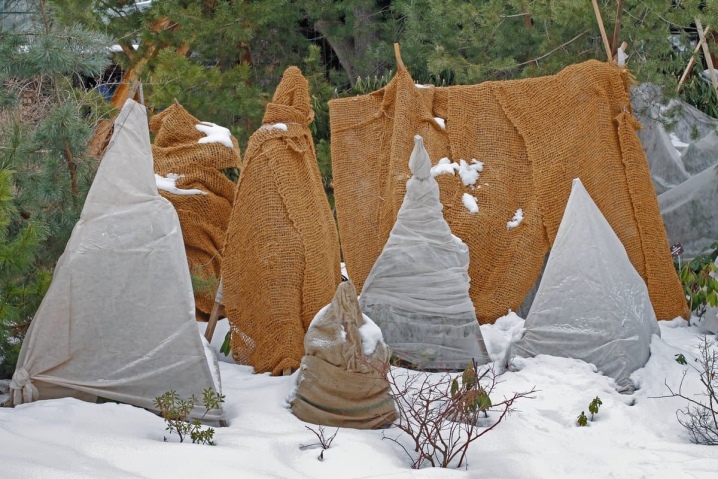
Reproduction
Seed propagation is not the only way to grow Japanese pine. You can also do this by grafting or using cuttings. Cuttings do not need to be cut, they should be torn off along with a piece of wood. This is done in the autumn. The plant must be processed, after which it is placed in a container where it must take root.
Vaccination is used much less frequently. The stock can be a tree that has reached the age of 3-5 years. The needles are removed on the handle, the buds can be left only on top.
Long shoots should be removed on the rootstock. The plant is grafted in the spring when the juice comes out.
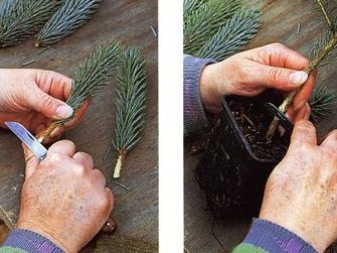
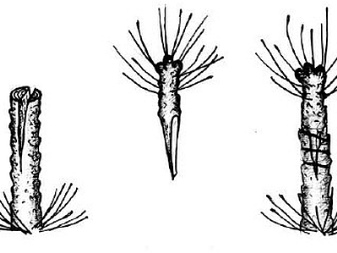
For information on how to grow Japanese bonsai pines from seeds in 9 days from the date of planting, see the next video.



































































The comment was sent successfully.